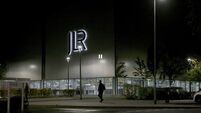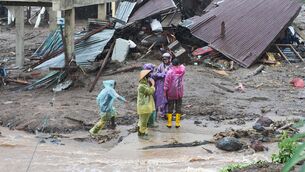An inspector’s report raises new concerns over Poolbeg

Reclaimed from the sea over a century and a half as the industrial city spread eastwards into the marshlands of Dublin Bay, some 34 hectares, or 84 acres of the lands are now billed to play a starring role in helping soothe the country’s housing crisis.
Dublin City Council two weeks ago hailed the authorisation by Simon Coveney, the Minister for Housing, Planning, and Local Government, to designate the Poolbeg West lands a strategic development zone (SDZ) that will fast track the development of 3,000 new homes across a large swathe of the peninsula.
















